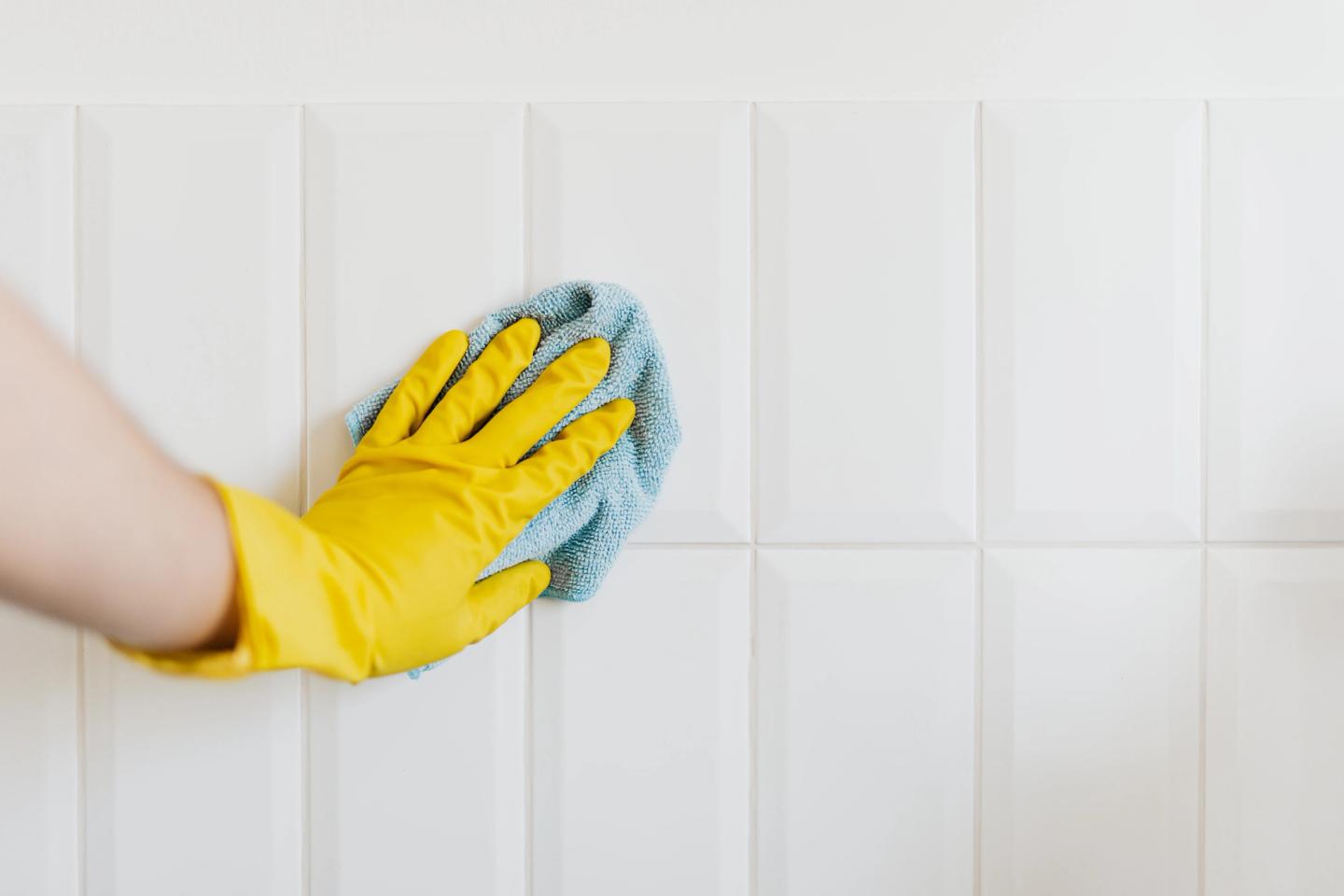How to Get Rid of Mould
If you do have a problem with mould, you can remove it, clean the area and then work to prevent it from growing again. Follow these steps to get your home hygienic again:
1 - Assess the damage
First, find out how big your mould problem is. Have you found a few small black mould patches on your bathroom ceiling? Or have you discovered that mould has taken over in your cellar? As a guide, if the damaged area is less than one square meter, you can do the mould clean up yourself. If it is larger than that, you should consider calling an expert who can safely remove the mould, treat the area, and help you repair any damage.
2 - Fix the problem and dry the area
Before you begin the mould clean up process, you'll need to stop the source of water. It would be counterproductive to try to clean up mould while moisture is still being produced. For example, if the mould is due to a leaky pipe, have the pipe repaired before you start removing the mould. Then, dry the area completely. Use towels to wipe up moisture and use fans and carpet dryers where necessary.
3 - Protect yourself
As you work to clean up mould, you need to protect yourself and have as little contact with the mould as possible. To do this, wear a face mask or respirator, long rubber gloves and protect your eyes with goggles.
4 - Remove the mould
Different materials will require different methods as some mould can be more stubborn.
- How to clean mould off walls - Most mould can be removed with some vigorous scrubbing. You can use a mix of water and detergent, or a specialist mould killer, and a scrub brush to remove all the mould from the affected area.
- How to remove mould from fabric - If the item is clothing you should try to remove as much excess as you can, then run the garment under hot water. Then treat the stains directly with diluted distilled white vinegar in water followed with a wash in a washing machine with 1 cup of the vinegar added to the cycle.
- How to remove black mould from silicone sealant - Mix together a paste using white vinegar and bicarbonate of soda that is thick enough to apply directly to the affected areas. Ideally this should be left overnight and wiped away with a damp cloth.
Repair the Damage
Never paint over mould. Doing this won’t solve the problem and the paint job won’t be very good, since it will be likely to peel and flake off. If you want to repaint the area, make sure it is completely free of mould and perfectly dry first. It is worth considering using a specialist anti-mould paint as this can help keep the mould at bay for longer than a standard paint.
More extensive damage may require bigger repairs, like new flooring or drywall installation. Some of these projects you can do yourself and others will require the help of a professional.
The best way to deal with damp and mould in your home is to prevent it. Keep things as dry as possible, use proper ventilation, keep things clean and make sure your home’s structure is sound. If you do find mould, these tips can help you take care of it right away so it no longer poses a health risk to your family.






















































